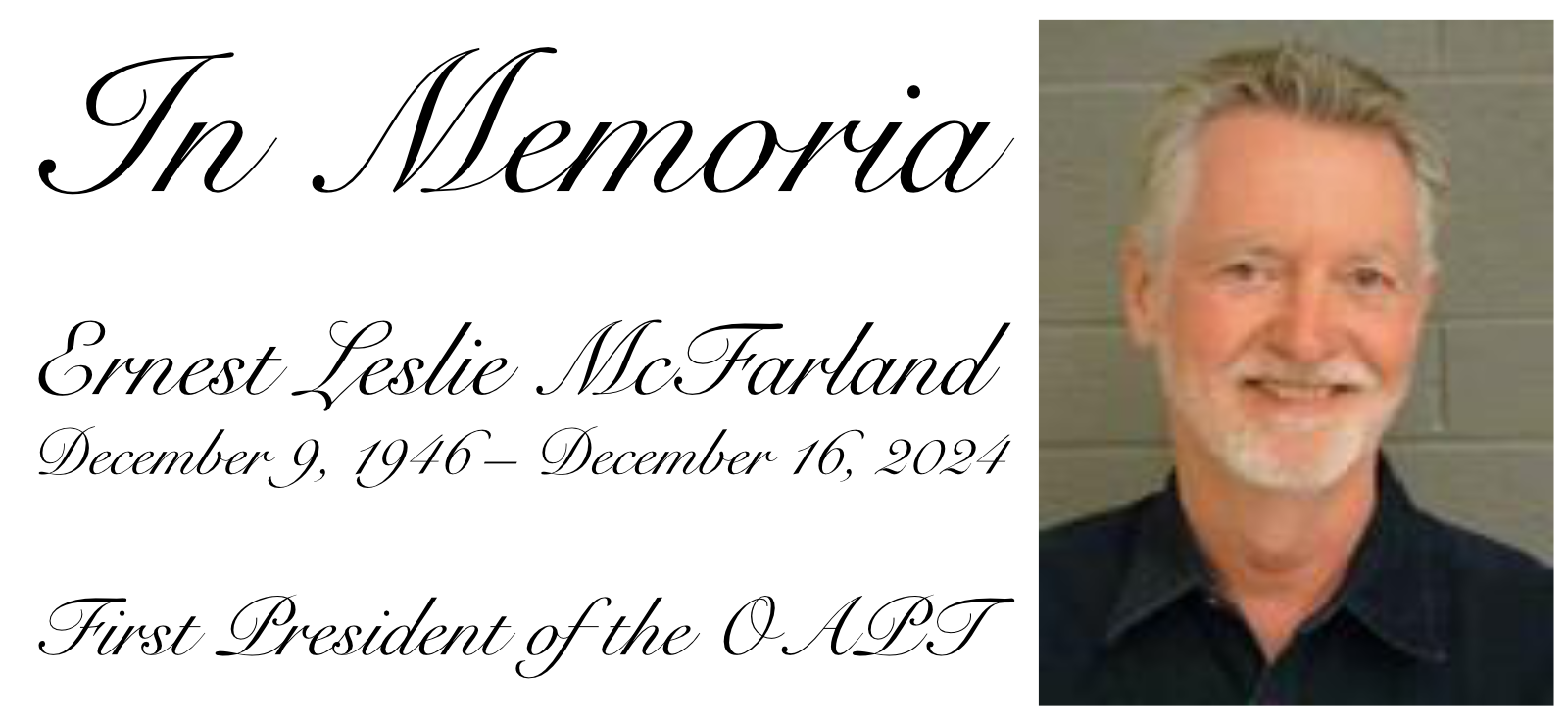October 05, 2025 Filed in:
ArticlesJohn Caranci, CTL Lecturer Ontario Institute for Studies in Education
john.caranci@utoronto.ca
In 1964, Marshall McLuhan, a University of Toronto English professor and media theorist, wrote a book titled
Understanding Media: The Extensions of Man, where he predicted the internet and social media. Paraphrasing: the instantaneous world of electric informational media involves all of us, all at once. It is a brand-new world, … the global village is as wide as the planet, yet as small as a little town where everybody is maliciously engaged in everybody else's business, and in which you have extreme concern with everybody else's business (McLuhan, 1964). This was thirty years before the smart phone and the internet became commonplace, even longer for social media and Artificial Intelligence; all predicted by McLuhan.
Over the last few years there has been a change in electronic information media, the new medium of Artificial Intelligence. McLuhan defined a “medium” as an extension of us through technology where it shapes perception and understanding. So, Artificial Intelligence fits the definition. Other examples are language, novels, newspapers, television, the light bulb, cars and movies. His idea is that a medium, not the content, shapes society and human consciousness. The medium of artificial intelligence, it is said, will shape and reshape us in the classroom.
Read More...Tags: History, Pedagogy, Technology
February 18, 2025 Filed in:
ArticlesEric Haller, Peel District School Board, Editor of the OAPT Newsletter
eric.haller@peelsb.com
The generative artificial intelligence ChatGPT was released upon the world back in November of 2022. This Newsletter published an article from Robert Prior on his
first impressions of it shortly thereafter in January of 2023. Now that our society is over the initial shock of AI, and more and more companies have had the chance to release and further develop their own competing chatbots (like Microsoft’s Copilot, Google’s Gemini, and China’s DeepSeek), I thought it would be a good time to revisit the topic. In this article, I will be looking at how generative AI has improved, and I will provide some thoughts on how it has impacted my students, myself as a teacher, and even some of my coworkers.
In the previously mentioned article on first impressions, we saw how ChatGPT performed when solving various physics problems. I thought the best physics question from that article was the following:
A ball travelling 1.2 m/s rolls off a table and hits the ground 0.75 m away. How high is the table?
Read More...Tags: Assessment, History, Pedagogy, Remote Learning
January 08, 2025 Filed in:
AnnouncementsJames Ball, University of Guelph Sessional Lecturer
jball10@uoguelph.ca

In the winter of 1977 at the AAPT (American Association of Physics Teachers) conference in Chicago, Ernie McFarland (then a faculty member at the University of Guelph) had a chance meeting with Scarborough high school teacher George Kelly. Both felt that it shouldn’t be necessary for Ontario’s physics teachers to travel to the United States to become better teachers. As a result of Ernie and George’s efforts, the OAPT (then known as AAPT-Ontario) became an official section of the AAPT in 1979 with Ernie as it’s first president. If you are interested in the history of the OAPT you can find an article, not surprisingly written by Ernie,
here.
Read More...Tags: History, Pedagogy
March 09, 2024 Filed in:
ArticlesOrbax, Production Specialist for Physics Education Content, Dept of Physics, University of Guelph
orbax@uoguelph.ca
Greetings educators! Orbax here from the Department of Physics at the University of Guelph.
I’m here to speak to you today about a very important topic.
You’re likely aware of a newly discovered disease that has been sweeping across Ontario in the last few weeks.
Eclipse fever has taken hold and it’s taking over news broadcasts, school board meetings, targeted ads and classrooms throughout our province.
Read More...Tags: Astronomy, History, Safety
February 02, 2022 Filed in:
ReviewRobert Prior, ePublisher OAPT Newsletter
science@robertprior.ca
There’s a lot of good physics (and math) embedded in the grade nine space unit, if you know where to look for it. David Butler is a retired computer scientist who is fascinated with space, and he’s applied his mathematical background to explaining, in simple terms, what’s behind the fancy pictures we see from NASA, and how we know what we know about the universe. To do this he’s created a series of video books focusing on different topics, as well as hundreds of short classroom-ready video clips on topics ranging from astronomy to quantum mechanics.
Read More...Tags: Astronomy, Cosmology, Diversity, History, Math, Modern Physics, Quantum
November 24, 2021 Filed in:
ReviewRobert Prior, ePublisher of OAPT Newsletter
science@robertprior.caHave you ever wished you could write like a great scientist? Now you can, with Harald Geisler’s Einstein font. It won’t give you Einstein’s brains or his cool hair, but at least you can have his handwriting.
Read More...Tags: History
November 16, 2019 Filed in:
ArticlesRoberta Tevlin, OAPT Newsletter Editor, Teacher at Danforth CTI
roberta@tevlin.ca
One of the standard parts of an introductory physics course is a study of Newton’s Three Laws of Motion. They are part of the Ontario curriculum for grade 11 physics and most teachers would agree that they are essential. Chris Meyer has presented an improved way to teach the three laws of motion that will deepen student understanding:
Teaching Forces I and
Teaching Forces II.
In this article, I hope to reinforce Chris’ approach with a look at how the history of these three laws is wrongly presented.
Read More...Tags: Forces, History, Kinematics, Motion, Pedagogy, Projectile Motion
June 08, 2019 Filed in:
ArticlesRoberta Tevlin, Editor OAPT Newsletter, Teacher at Danforth CTI
Roberta@tevlin.ca
We need to incorporate more diverse examples of scientists in our courses. Sara Cormier (Physics Instructor at McMaster University) and I are trying to develop resources that will help teachers to do this. (If you would like to be a part of this — please send me an email!)
I started to compile a data base of good examples when I found myself completely distracted by the work of Rosalind Franklin. Her work on the X-ray crystallography of DNA fits perfectly into a lesson about the interference of light! As well as showcasing an important female scientist, an examination of her work can deepen students’ understanding of interference patterns and it highlights a very important connection between biology, chemistry and physics. I found a couple of short videos and a really simple, cheap demo that shows why the interference pattern formed by DNA provides clear evidence of its helical structure!
Read More...Tags: Diversity, History, Light, Nobel Prize
May 16, 2019 Filed in:
ArticlesBrian Lim, Teacher Rosedale Heights School of the Arts, Toronto
Brian.lim@tdsb.on.ca
“In the beginning…”
So starts one of the most famous and influential stories in Western civilization. Neil Degrasse Tyson continues the narrative this way:
“...sometime between 12 and 16 billion years ago, all the space and all the matter and all the energy of the known universe was contained in a volume less than one-trillionth the size of the point of a pin. Conditions were so hot, the basic forces of nature that collectively describe the universe were unified. For reasons unknown, this sub-pin-pint-size cosmos began to expand…” [1]
Read More...Tags: History, Pedagogy


